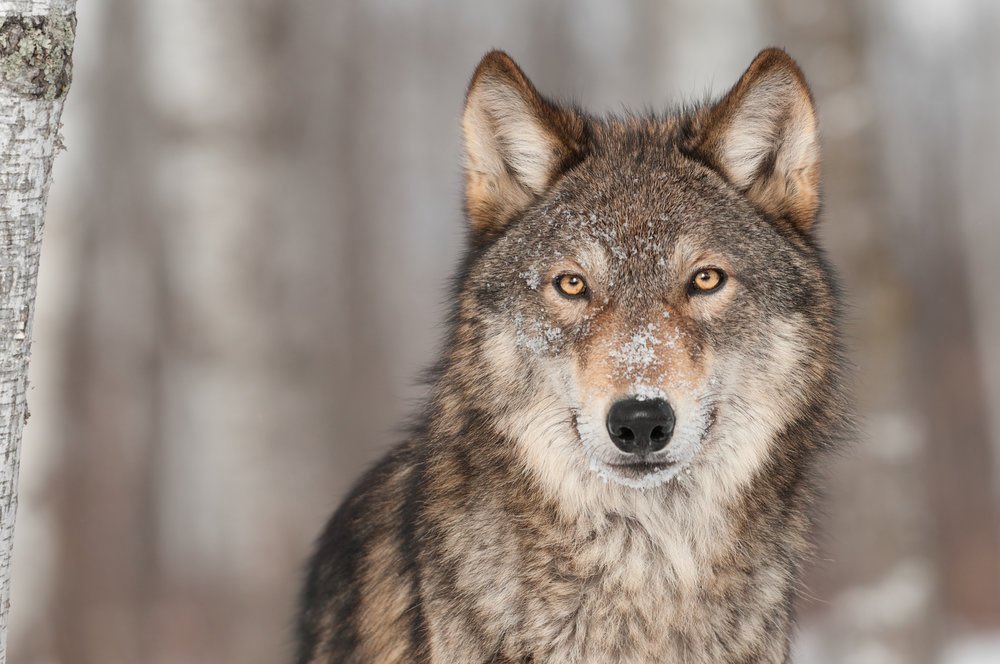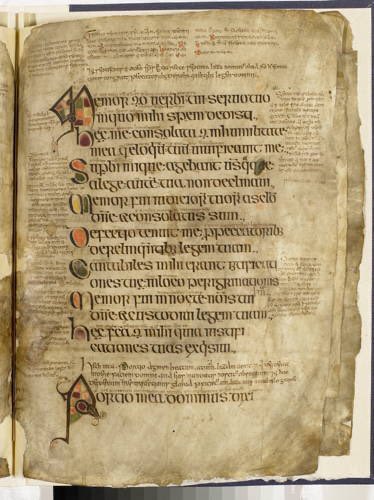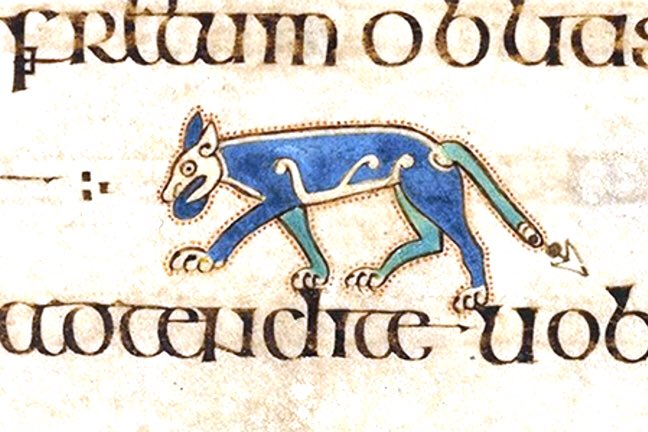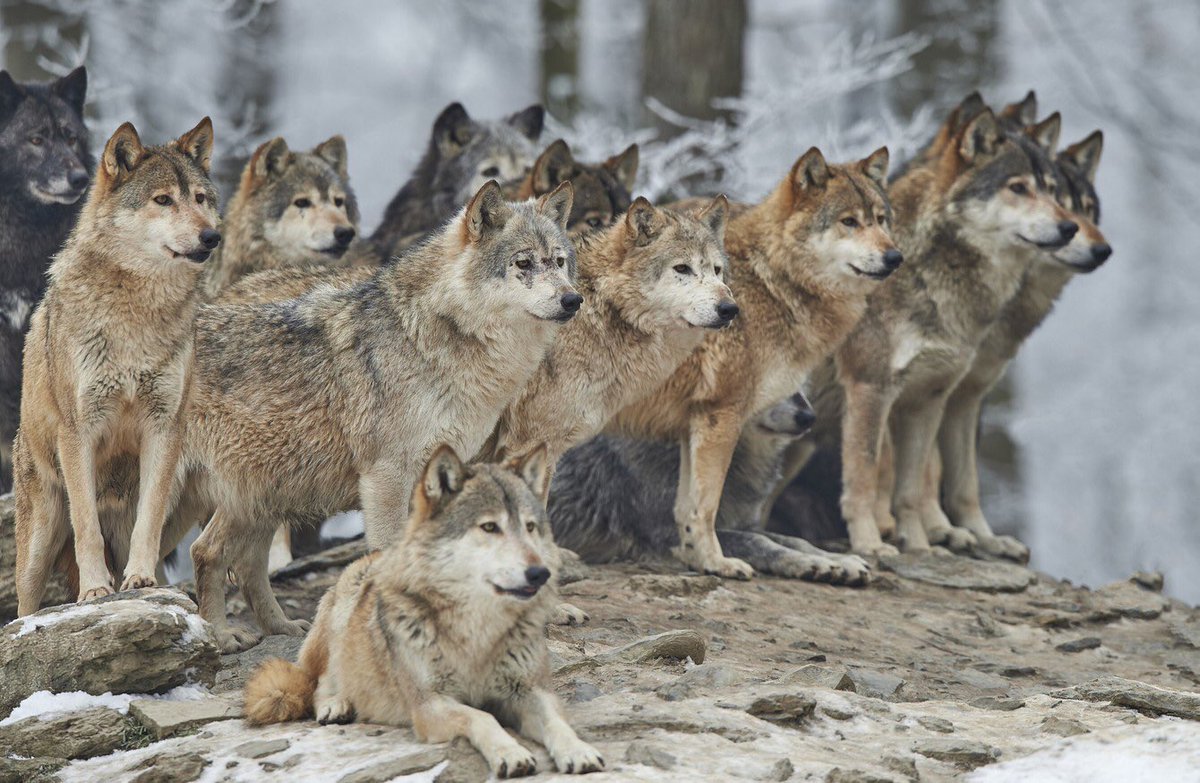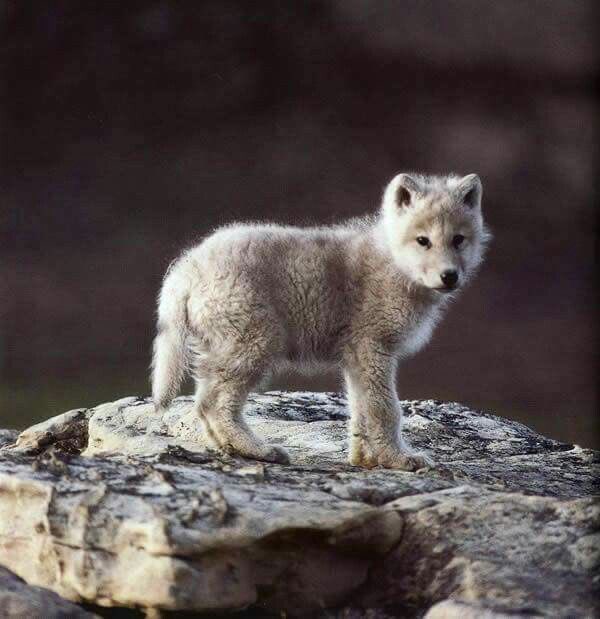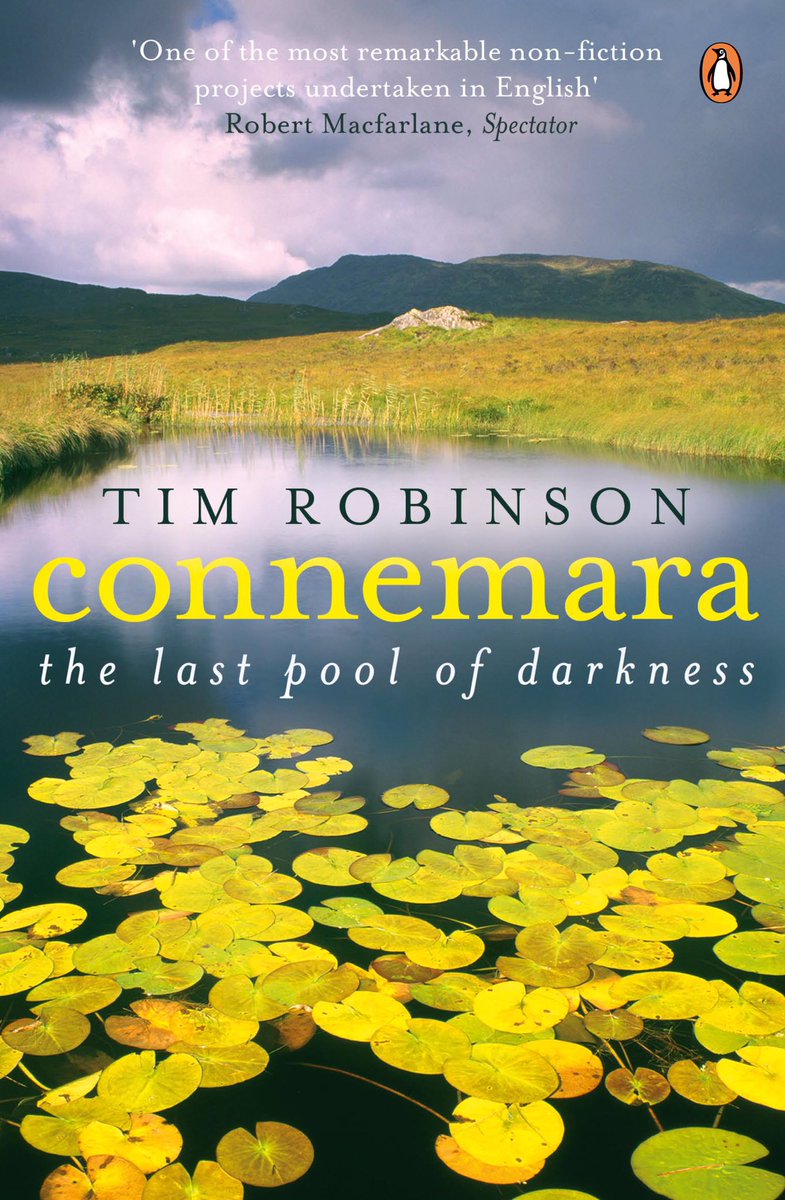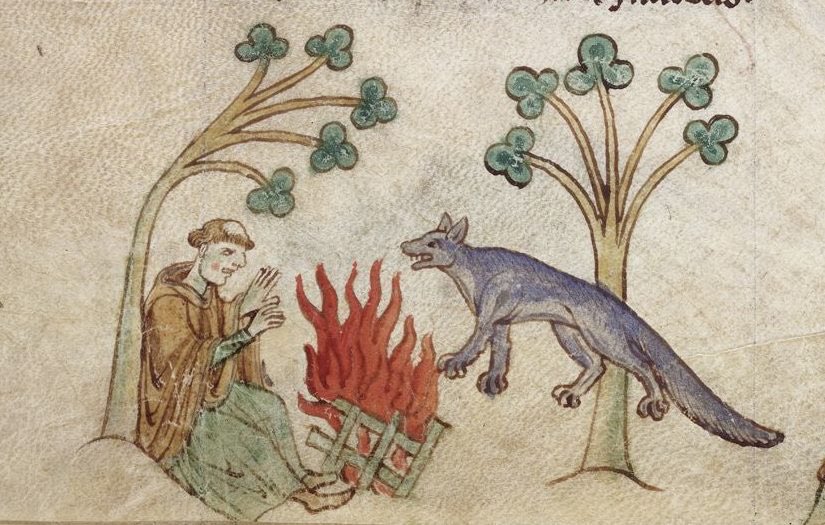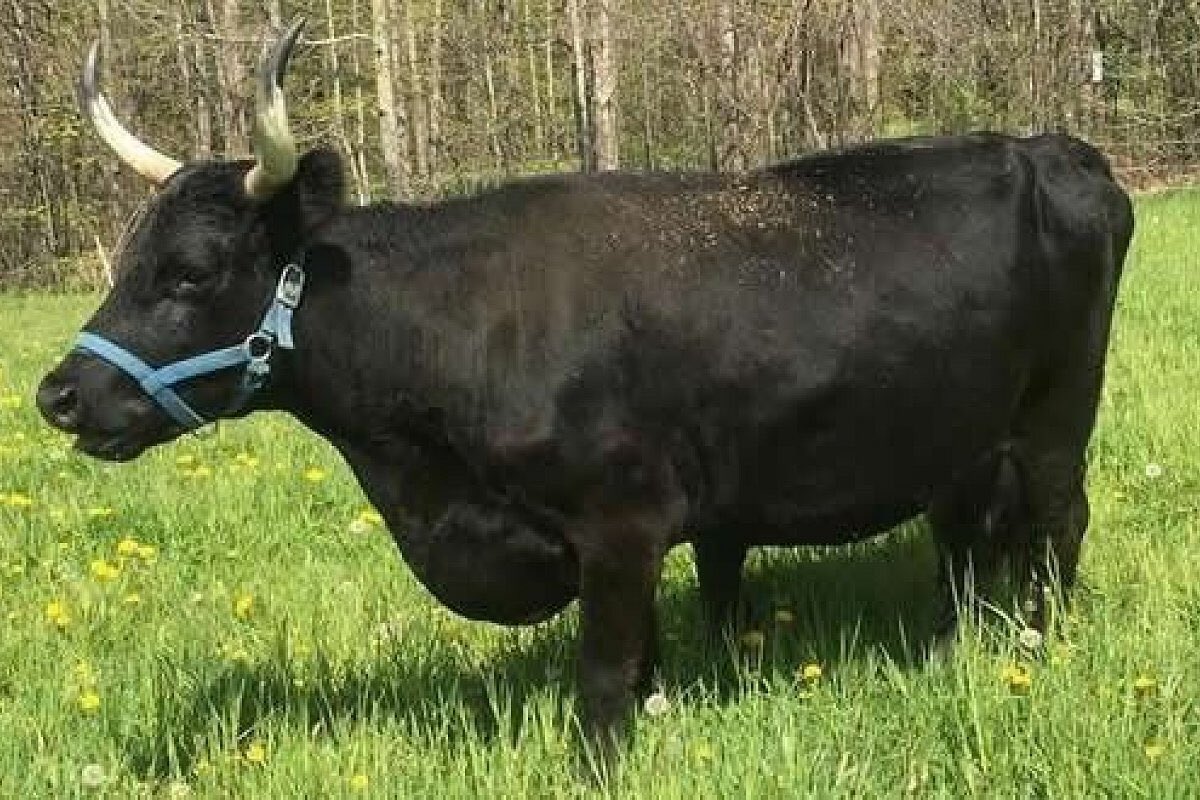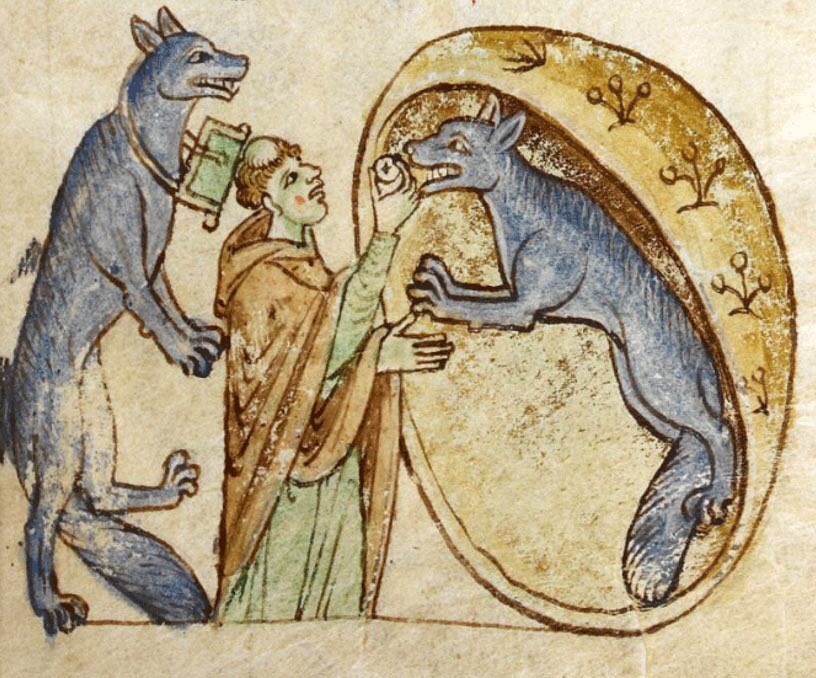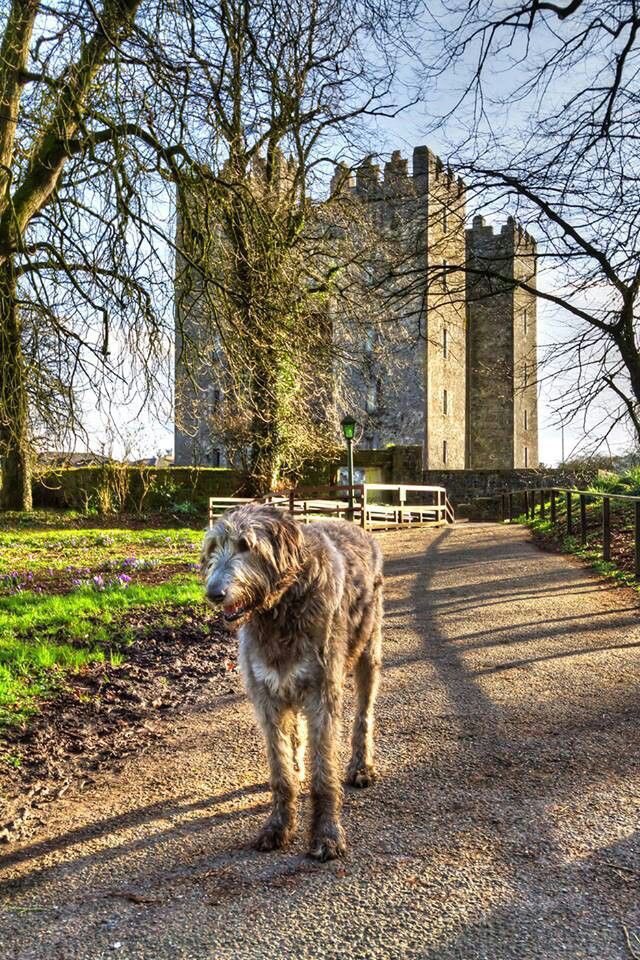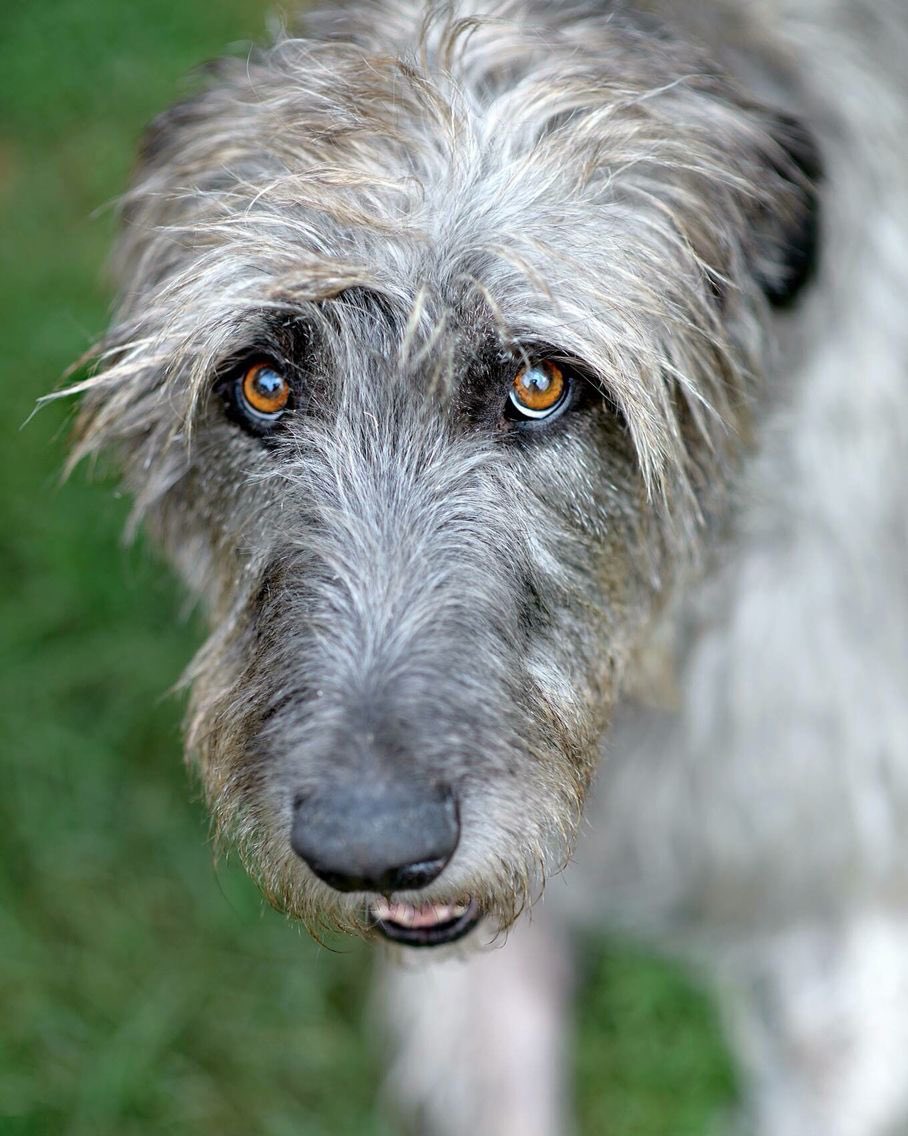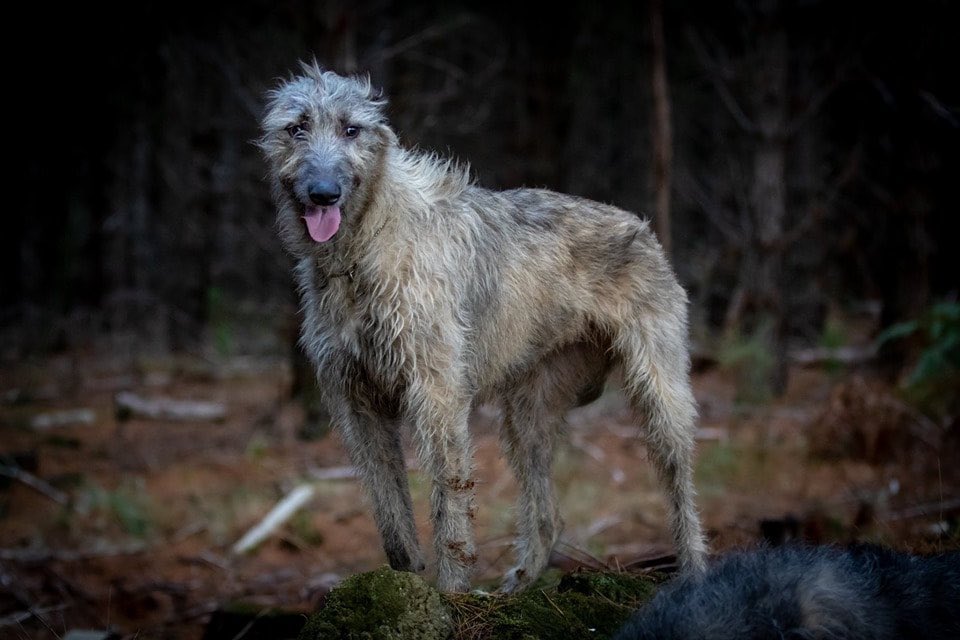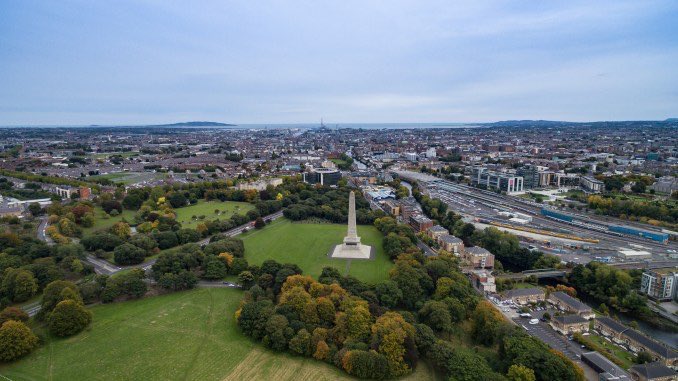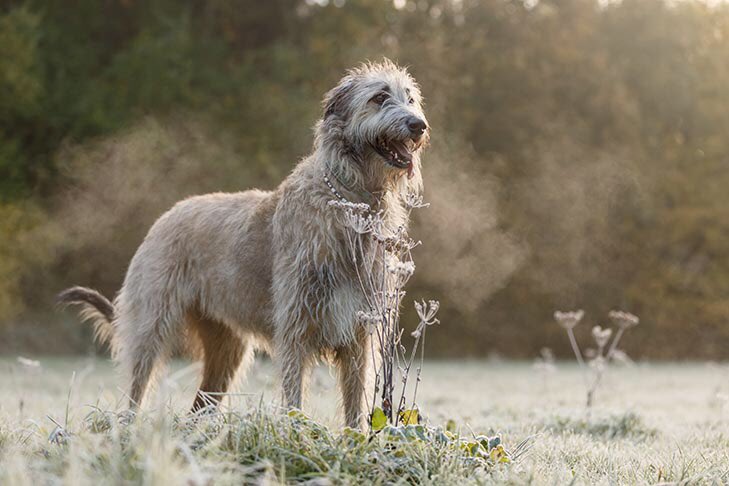Thread: Let’s explore the history of the now extinct Irish wolf. No record of a healthy wolf, despite their popular image, exists of an attack on a human - even though records cover 1500y.
They have shaped not just the imagination but the landscape of Ireland. Take a look!
They have shaped not just the imagination but the landscape of Ireland. Take a look!
A feature of Irish records is that for the past 1,500y there has been no credible verified attack on humans by healthy wolves. Indeed, globally, only wolves with rabies are problematic. Wolves were a threat to livelihoods & not life.
Just one day left! Take a look! https://twitter.com/robertbohan/status/1266633376896819200">https://twitter.com/robertboh...
Wolves eat a range of food from deer to earthworms. However their favoured prey are herbivores. This brings them into conflict with farmers raising sheep & cattle, for instance. The economic damage they could bring is summed up in ‘keeping the wolves from the door’
Wolves were exterminated in England by the 16th century. This led to the expansion of the wool trade as stock no longer needed to be guarded or housed at night. The extinction there led, in part, to changes in the landscape with an increase in pasturage.
Nowadays European wolves are protected by conservation measures. The nearest populations to Ireland are in France & Spain. Archaeologists have found evidence of them in at least Waterford, Sligo & Cork. Reference to them peppers Irish historic sources.
Irish wolves shaped the culture of the island. A particular feature is the ring fort (c1000BC-1000AD). There are some 40,000 & their purpose was not only to protect against warring parties but also so that flocks could be protected from wolves at night.
Wolves are mentioned in the Early Irish Laws of over a thousand years ago. Wolf hunting was a public duty & expected once a week. Indeed, these laws even specify herdsmens’ liabilities in the event of a wolf attack.
My cousin’s independent bookshop
@CompanyofBooks is taking online orders at http://thecompanyofbooks.ie"> http://thecompanyofbooks.ie They even do local delivery in Dublin 6 as well as mail order. Treat yourself to a good read!
@CompanyofBooks is taking online orders at http://thecompanyofbooks.ie"> http://thecompanyofbooks.ie They even do local delivery in Dublin 6 as well as mail order. Treat yourself to a good read!
A more fanciful 8th C AD account is that King Conaire kept 7 wolves hostage to ensure that the wolves of Ireland only took one male calf from each herd, once a year! Religious stories mention understandings between saints & wolves & acceptance of limited herd predation.
Herds were protected both by humans & by bulls. In the latter case there was a special form of bull that is a Dam Conchaid - a Wolf-fighting Ox. It is noteworthy that the Irish Law texts do not reference danger to humans by wolves.
Wolves were sometimes kept as pets by the ancient Irish. After their extinction there, English writers from the 16th C remarked their presence in Ireland with Shakespeare comparing lovers’ plaints to ‘the howling of Irish wolves against the moon’.
An early mention of Irish wolfhounds dates from 1570 when Edmund Campion noted their use to hunt. These shaggy giants are still popular in Ireland today (albeit rebred, at least in part). It is suggested these were used to hunt wolves.
Wolves were found near Dublin City in the 16th C, with the Lord Deputy hunting them in Kilmainham, west of the city centre. The English colonists’ concern with wolves also fitted neatly into their perception of the Irish - wolves were a metaphor for the occupied people.
In the 17th century the concerted attempts of eradication of wolves matched the removal of Gaelic aristocrats from areas of Ireland wherein the colonists set up. Rough land was often reclaimed by these newcomers, reducing wolf habitat too.
Evicted Irish were pushed into the higher lands to eke a living. The Cromwellian planters also used up large areas of woodland with an eye towards quick profit. Woods were seen as the haunt of outlaws & Tories. Habitat dropped further.
By 1652 an order was made that Irish wolf dogs could not be exported. Whether these were modern Irish wolfhounds is unclear. However these large docile hounds were popular diplomatic gifts from the 4th C. Owners included the Great Moghul & Cardinal Richelieu.
Organised wolf-hunting became more common with one in 1652 scouring Castleknock, Dublin. Official wolf-hunters were appointed. Bounties were awarded with females being set at £6. This was a significant amount for the time, indicating their nuisance to farming.
By 1683 wolves were scarce in Leitrim, suggesting an increasing rarity throughout the island. They were gone from Galway by 1700, Kerry 1720, Cork 1710, Wexford 1740, Ulster c1763 & finally Carlow c1786 at Mount Leinster.
Wolves were a daily trial for sheep & cattle herds; they inspired, in part the building of ring forts & they formed a useful metaphor for English colonists to describe their usurped predecessors. There is more to be learnt in the historical literature!
Here’s more on my May offer, there’s just a day left. Please share it with anyone who loves art. 2 drawings for just €50/£45 https://twitter.com/robertbohan/status/1266739158229409794">https://twitter.com/robertboh...

 Read on Twitter
Read on Twitter